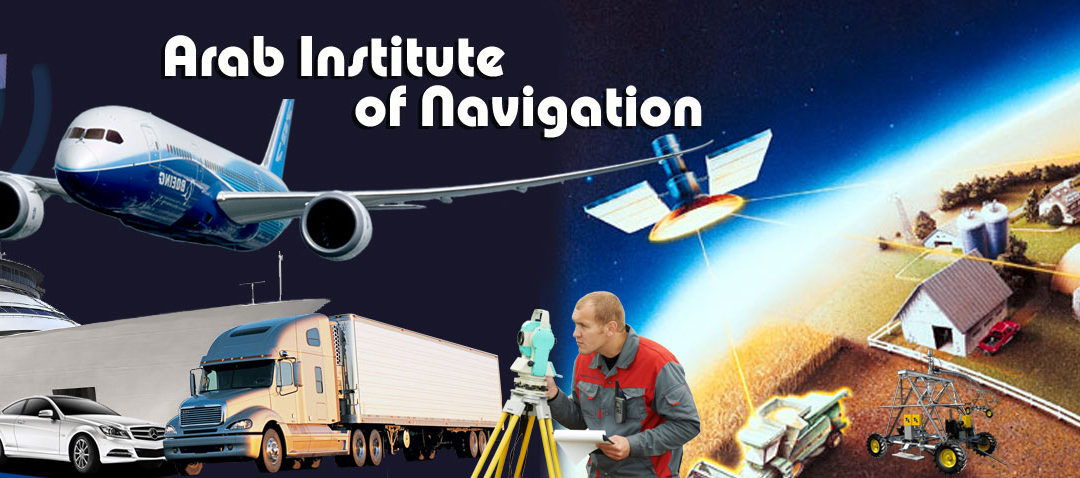Blog Editor’s Note: It was a privilege to participate in this event and meet with the attendees. A fascinating mix of experience and expertise from the US, Europe and Middle East.
Selective Availability, IoT, Suez Canal Visit, Featured at Arab Institute of Navigation Conference
The recently concluded Arab Institute of Navigation biennial conference in Cairo, “GNSS, the Key to Innovation,” featured a wide variety of presentations of interest to navigators and technologists alike.
Presenters ranged from representatives of the European Space Agency (ESA) and NASA, to those from a transportation company that uses GNSS-enabled tracking while transporting priceless ancient artifacts to the under-construction Grand Egyptian Museum.
Briefing topics included GNSS vulnerabilities as well as GNSS’ roles in Internet of Things (IoT), search and rescue, and smart cities. A challenge mentioned several times was that GNSS services are national systems. While they are now available for use by all, provider nations could degrade or deny service at some point. Selective availability was cited as an example. NASA officials at the conference pointed out that the United States ended selective availability in the year 2000, and that America has pledged it will never be reinstated. Despite this, the possibility of future “selective availability” instances seemed to remain a concern.
The conference was topped off with a technical excursion to the Suez Canal. Conference goers were hosted and briefed by Vice Admiral Mohab Mamish, chairman of the Suez Canal Authority. The briefing included a video detailing how between 2014-15 Egypt built a parallel canal to the original “mother” canal in just under one year. The new canal has allowed simultaneous two-way traffic through the entire length of the waterway. Vessel traffic monitoring and control is based upon the maritime, GNSS-enabled, Automatic Identification System. After sailing on both the old and new Suez canals, conference goers were treated to a fresh seafood dinner sourced from local fish farms that were created when the new canal was built.
Dana Goward is president of the Resilient Navigation & Timing Foundation and a regular contributor to Inside GNSS.



